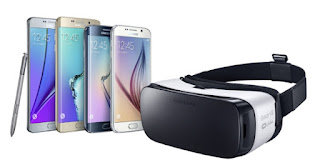The main issue with the Microsoft
HoloLens is its limited field of view, dictated by the physics of the
technology used. Microsoft writes that to enable the use of internal reflection
in the waveguide they are forced to limit themselves to a range of exit angles
of around 35 degrees, which dictates the subsequent field of view of the
hologram as seen by the user.
They have however developed a
clever technique to get around this limitation, by splitting the image sent
down the waveguide into two elements, which then has 2 separate exits, and
while each will be limited to 35 degrees, the subsequent final image seen by
the user can span up to 70 degrees. They demonstrated the technology in actual
hardware and that the solution is more than theoretical.
More information:




